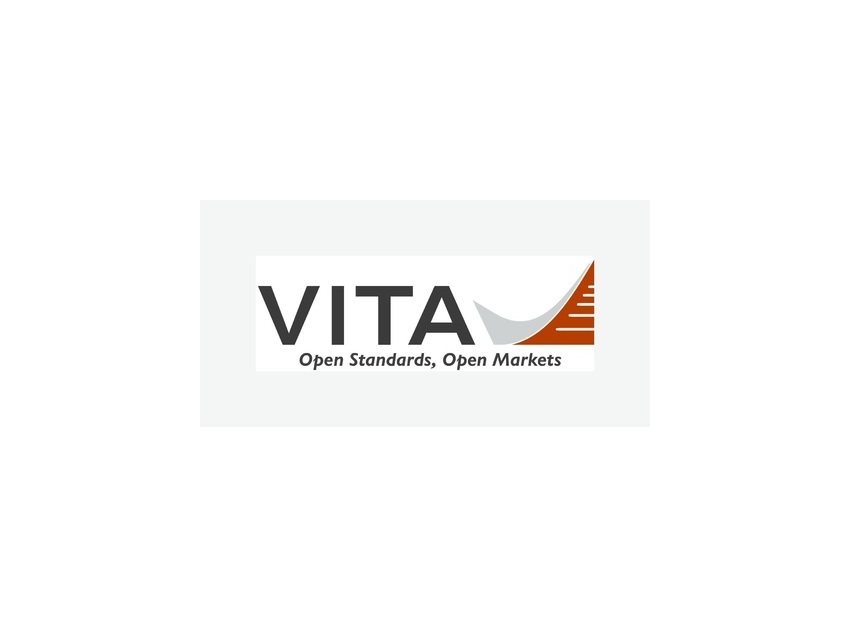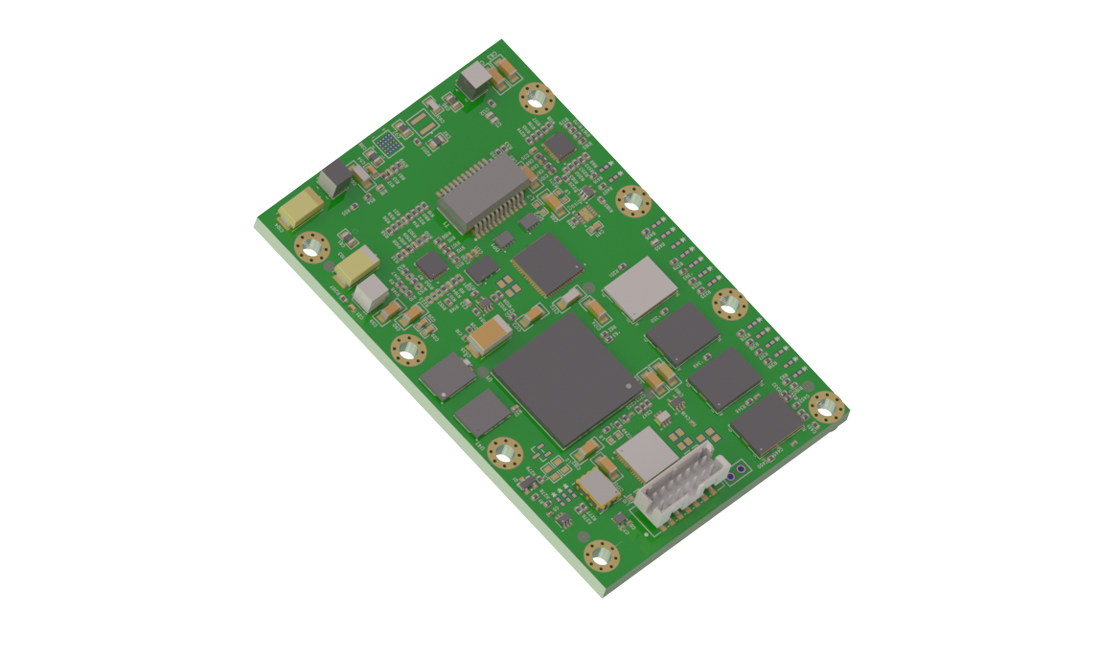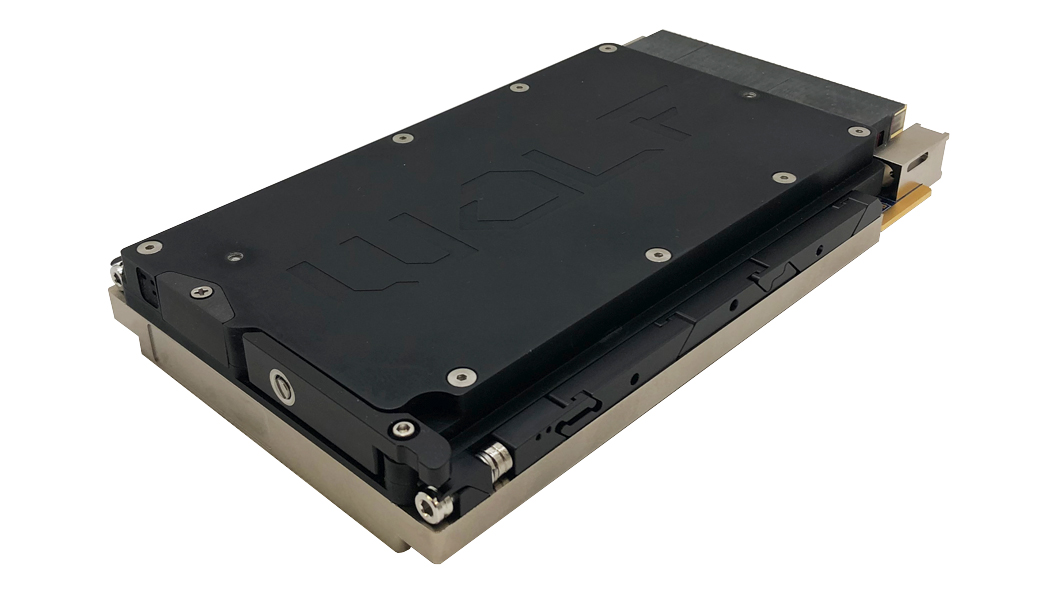ST. LOUIS, Dec. 12, 2007 — Boeing [NYSE: BA] has conducted a successful first mission system flight test of a 737 Airborne Early Warning and Control (AEW&C) aircraft for Turkey’s Peace Eagle program.
During the flight from Boeing Field in Seattle, Wash., Boeing and Turkish industry engineers tested the aircraft’s communications system, including establishing links with a ground-based Boeing system integration lab and local air traffic control towers using UHF, VHF and HF radios. Engineers also tested the internal communications system between personnel within the aircraft.
“This is the first time the integrated mission system has operated in the flight environment and clears the path for additional airborne tests in the months ahead,” said Mark Ellis, Boeing Peace Eagle program manager.
The Peace Eagle program includes four 737 AEW&C aircraft plus ground support segments for mission crew training, mission support and system maintenance. Modification of the first aircraft is under way at Boeing facilities in Seattle. Turkish Aerospace Industries in Ankara, Turkey, will modify the remaining three aircraft.
The 737-700 features 21st century avionics, navigation equipment and flight deck features. Because of its advanced technology and a worldwide base of suppliers, parts and support equipment, the aircraft requires minimal downtime for maintenance.
Additionally, the aircraft is equipped with Northrop Grumman’s Multi-role Electronically Scanned Array antenna with integrated Identification Friend-or-Foe capabilities. The system also includes a flexible, open architecture for cost-effective future upgrades, an extensive communications suite and aerial refueling capability.






